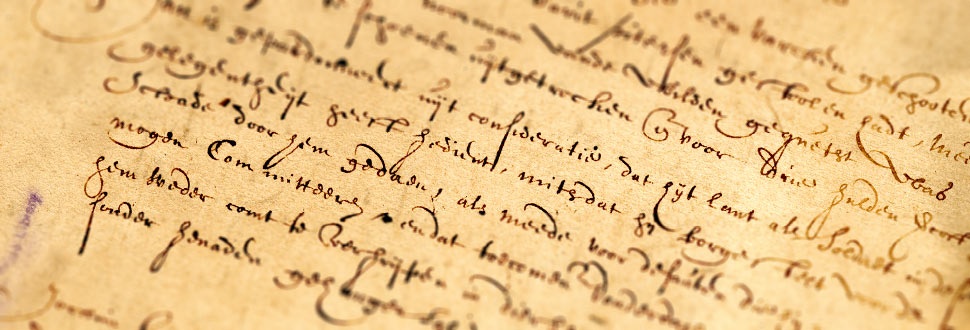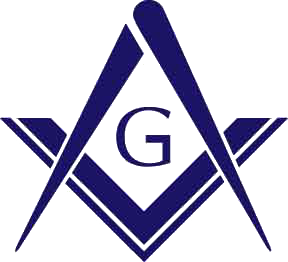by Donald E. Lavender, 33°
“A Mason was looked upon as a fortunate fellow who had some place to go of an evening, and as no family ties made a demand upon his time, he could go to the lodge as often as he pleased.” These were the words of Thomas C. Clarke as he wrote about Army Lodge #8 where he was raised in March 1864.
Army Lodge #8 was chartered in November 1862 from the Grand Lodge of Massachusetts and began operation the following month. Its last meeting was held on June 29, 1865, and during that time, 39 Master Masons were raised.
Although active in battle during spring, summer and fall, Brother Clarke indicated that in the early winter, both armies, Union and Confederate, went into winter quarters. The Lodge was constructed by a group of pioneers under the direction of an officer. Fresh-cut logs were laid up to a height of about eight feet forming an enclosure about 30 by 50 feet. The medical staff provided a tent fly which made an excellent roof. The chimney was built on the outside of the building, and the fireplace could accommodate logs as large as four feet long.
The Lodge was lighted by candles and the glow of the fire in the fireplace. Lodge jewels and paraphernalia were maintained during the summer in storage in Washington, D.C., and brought to the Lodge as soon as the troops went in to winter quarters.
Interest was so great that every available spot in the Lodge would be occupied except for an aisle of about two feet in width around the altar for the Candidate and his Conductor to walk. Meetings were held weekly, but there were so many specials that the Lodge was open almost every night. When regular work was done or when there was no regular work to be done, the members were entertained by personal reminiscences from the Brethren. Brother Clarke stated, “I have never seen a lodge in which the reality and romance of Masonry were so closely and strongly entwined.”
The close proximity of the Lodge to battle made the application of Masonic principles evident, and Brother Clarke described several instances in battle where the Grand Hailing Sign was resorted to with heroic action and consideration resulting. “In times of danger and distress, its [Masonry’s] teachings then meet with a practical illustration, and the term brother is no idle sound, but the lessons learned in the lodge impel the Mason to the noblest deeds for the relief of his distressed brother.”
Army Lodge #8 met in its crude room on old Cedar Mountain battlefield in Virginia. According to the account written in Voice of Masonry and Family Magazine, January 1882, the Lodge records were at that time still in the archives of the Grand Lodge of Massachusetts. Brother Clarke concluded: “As a lodge of like character will, I trust, never be needed again, I propose to give a short sketch of it.”
His short sketch provided the material from which this article was written.
Donald E. Lavender is a former Secretary Registrar (1974-1979) Des Moines Scottish Rite Bodies and is now retired from the city of Des Moines Engineering Department.


